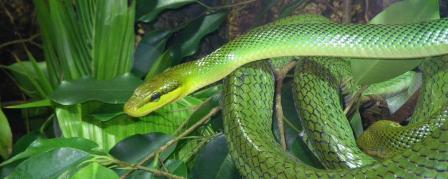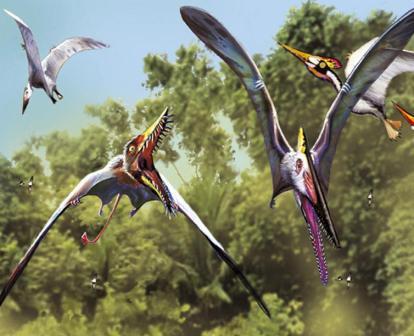One significantly underappreciated aspect of palaeontological research is just how hard it can be to make reasonable statements about extinct animals in comparison to, or in analogy to living animals. Not for the obvious reason that fossils (of vertebrates at least) are generally just collections of bones (and often not even much of a skeleton) with the occasional splatter of half preserved skin but for the fact that often we can say a lot about an extinct organism, but not much about living ones.
The short version of that is that we actually know far more about many extinct species than extant ones. It’s all very well producing a huge monograph of some fossil lizard that has a close relative among the living, but then you can be frustrated by a lack of a similar level of detail in the live animal. This is, I image, due to two different but related reasons.
Firstly the average biological researcher presented with a livign animal (new to science or one that has known for centuries) has a huge wealth of things he can study – development, soft tissues, behaviour, genetics, natural variation and sexual dimorphism, bony anaomy, biogeography, evolutionary relationships, physiology, ecology and more. In contrast most vertebrate palaeontologists at least dabble in systematics, taxonomy and anatomical descriptions and a great many base their research around it and in consequence do it in far greater detail and is only therefore are able to make only superficial comparisons in terms of something like the shape of the femur because the biologists never got around to describing it in as detailed a manner.
Secondly, while there are obviously far more biologists than palaeontologists out there, they also have a hell of a lot more species to work on. I know a couple of entomologists and I can barely understand how they even vaguely keep track of things. Some small *families* of beetles have thousands of species in them and I can’t keep all of the theropods straight in my head. It should not be a surprise then that archosaur workers have described some fossil birds say in more detail than have the ornithologists who have 10 000+ species to work on, not a few hundred.













Recent Comments